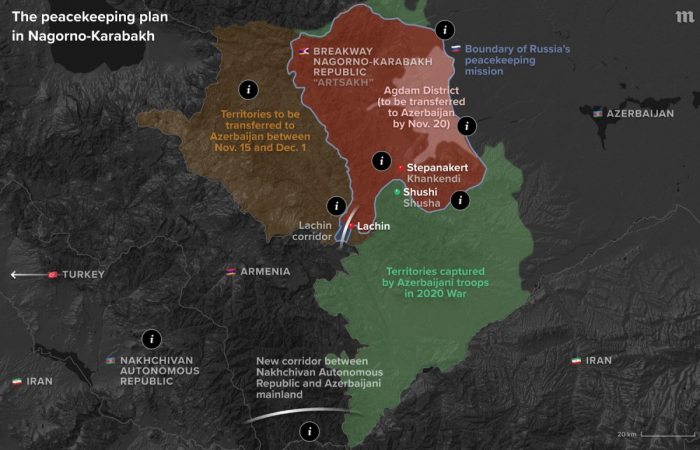Armenia did not acquire a modern homeland until 1918 and then only in a small part of its ancestral lands, writes International Herald Tribune in an item "The key to Armenia's survival; Exhibition Review" By Roderick Conway Morris.
The item is the review of the ''Armenia: Imprints of a Civilization,'' an impressive exhibition organized by Gabriella Ulluhogian, Boghos Levon Zekiyan and Vartan Karapetian of more than 200 works spanning more than 1,000 years of Armenian written culture. These range from inscriptions and illuminated manuscripts to printed and illustrated books, including many unique and rare pieces from collections in Armenia and Europe.
Armenian civilization is one of the most ancient of those surviving in the Middle East, but for large parts of its history Armenia has been a nation without a country. This has given the spoken and written word, the primary means through which Armenian identity has been preserved, enormous prominence in its people's culture.
Over the centuries this emphasis has fostered a particular regard for books and the means of producing them. Scribes added notes on the proper care and conservation of books and advice on hiding them during dangerous times, even on ''ransoming'' them should they fall into the wrong hands. A late 19th-century English traveler observed that the Armenians prized the printing press with the same ''affection and reverence as the Persian highlanders value a rifle or sporting gun.''






